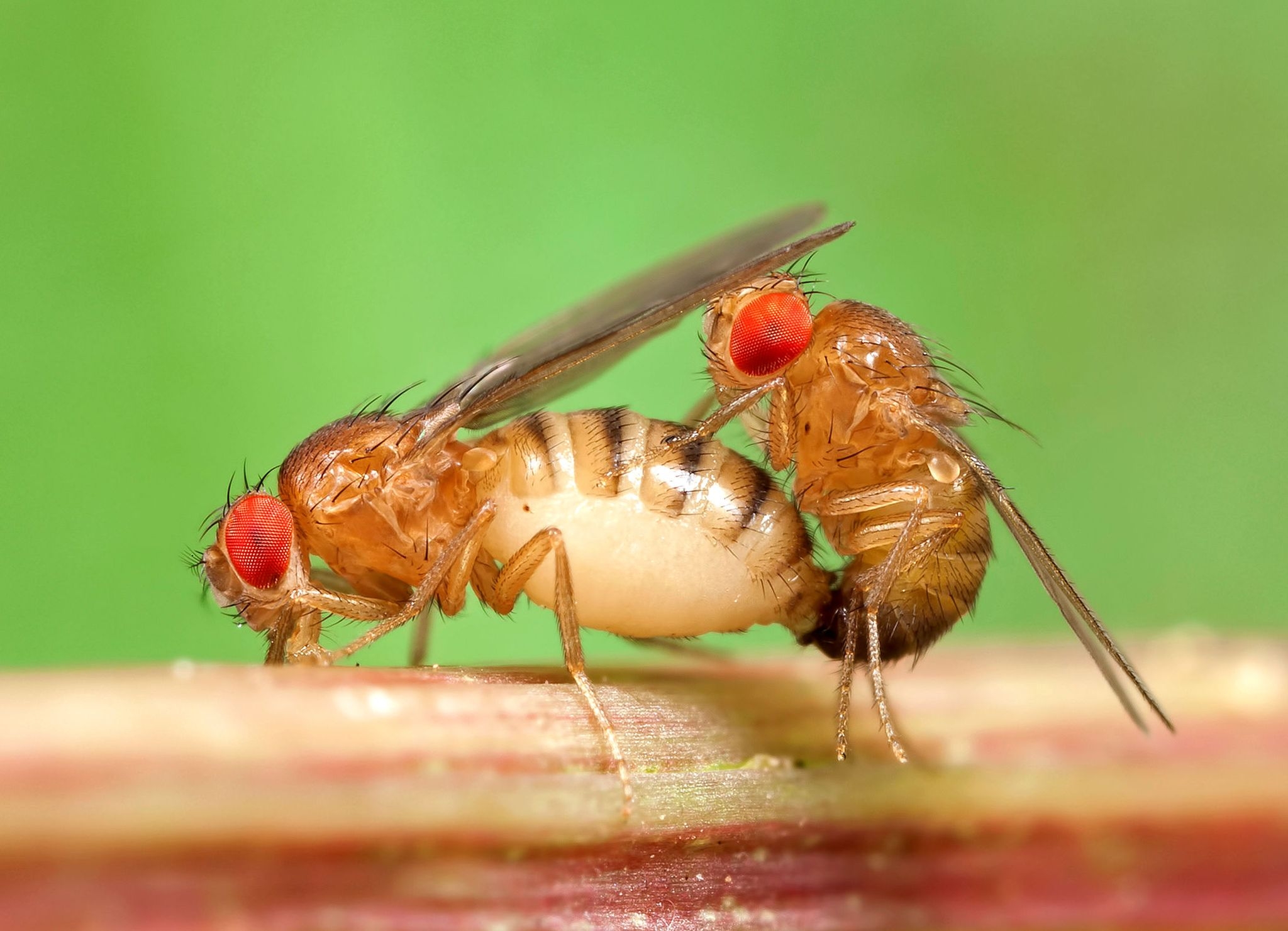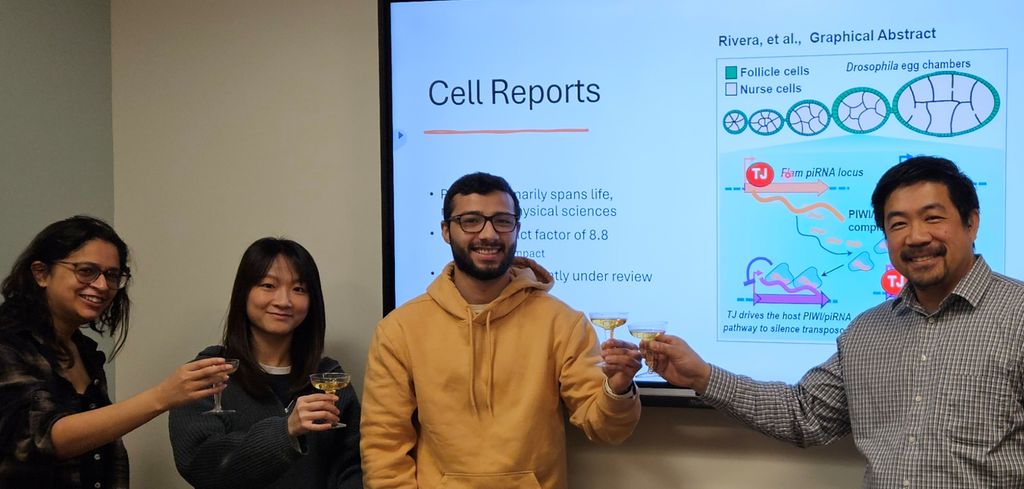We reach more than 65,000 registered users in Dec!! Register Now

Researchers Discover Protein Necessary for Fruit Fly Fertility
- July 01, 2025
- 2 Views
- 0 Likes
- 0 Comment
The global birthrate has been in significant decline for decades. In the U.S., couples are deciding to have children later in life. A 2022 U.S. Census data analysis of Census Bureau and National Center for Health Statistics data, reveals that fertility rates for women age 20-24 declined by 43% during the period from 1990 to 2013. But the numbers of women age 35-39 giving birth increased by 67%, and for women between 40- 44 that increase was nearly 139%.
Women who decide to have children in middle age depend on sperm and egg resiliency. Part of germ cell (also known as egg cells and sperm cells) resilience depends on a functional piRNA pathway to protect germ cell genomes decades after puberty, which is when in humans, the Piwi pathway is activated as well as the expression of transposon RNAs—mobile DNA sequences that can move around a genome.
Researchers from Boston University Chobanian & Avedisian School of Medicine have found a new role for the transcription factor (proteins that regulate the transcription, or copying, of genes). In the fruit fly, this transcription factor, named Traffic Jam, activates a non-coding piRNA gene named Flamenco to promote female fruit fly (drosophila) fertility. The discovery solves the 30-year-old mystery of how Flamenco gets activated to protect fruit fly ovaries from a series of genetic parasites called retroviral transposons, and may one day help with infertility issues in humans.
Lau and his colleagues first conducted a series of luciferase-reporter assays that measure gene activity and biological responses in 2017, discovering important new regulatory sequences in the Flamenco locus. They confirmed the biological importance of those Flamenco DNA sequences by generating new fruit fly mutants with CRISPR genome editing. They then carried out proteomics experiments and made the first discovery of Traffic Jam binding to Flamenco DNA sequences. Lastly, they conducted RNA interference knockdowns and chromatin immunoprecipitation sequencing studies of Traffic Jam in fruit fly ovary cells to confirm this new genetic interaction.
According to the researchers, this study investigates the fundamental battle for the protection of germline genomes that humans depend on for fertility and reproduction. “We humans are like fruit flies in that our gonads also generate piRNAs to protect our germ cells against transposons. We have our own version of the Traffic Jam gene, called MAF-B, which we can test in future studies to see if MAF-B regulated human piRNA genes to allow us to produce functional sperm,” adds Lau.
These findings appear online in the journal Cell Reports. Lau’s team also contributed to an accompanying study in the same issue of Cell Reports by researchers in France and the United Kingdom.
List of Referenes
- Austin J. Rivera, Jou-Hsuan Roxie Lee, Shruti Gupta, Linda Yang, Raghuveera Kumar Goel, Joseph Zaia, Nelson C. Lau. Traffic Jam activates the Flamenco piRNA cluster locus and the Piwi pathway to ensure transposon silencing and Drosophila fertility. Cell Reports, 2025; 115354 DOI: 10.1016/j.celrep.2025.115354
Cite This Article as
No tags found for this post









